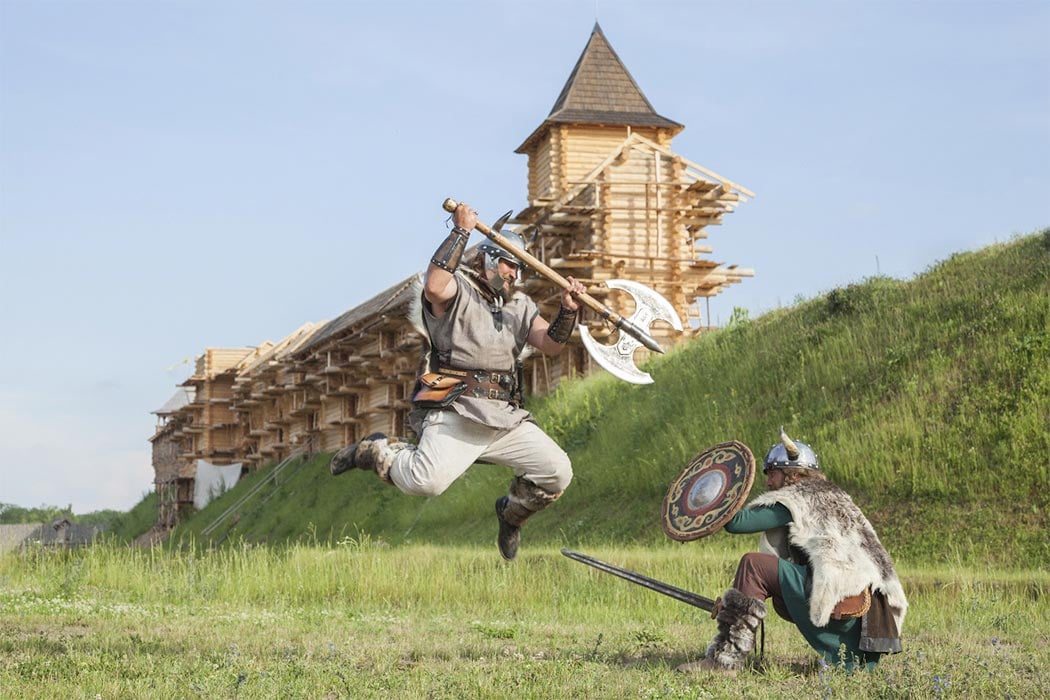Archaeological news about the Archaeology of Early Medieval Europe from the Archaeology in Europe web site
Sunday, 3 May 2020
From the Vikings to WWII, the Danevirke Wall Has Seen it All
All through classical history, imposing and long walls, ramparts, and fortifications played a significant role in securing the borders of nations and kingdoms from all sorts of incursions and attacks. Some of the best examples are left to us by the ancient Romans, with their majestic limes fortifications of Europe, and the Antonine and Hadrian’s Wall in Scotland. Then there is the famous inspiring Great Wall of China , the likes of which were never replicated again.
But no matter where they were, these fortified walls and ramparts were always a great achievement. They required a lot of manpower, took a long time to erect, and were costly. But all of that was worth it - for such a wall could help guard a great area of land, making for an effective and immovable border. One such system of walled fortifications is known as the Danevirke, a lesser known, but equally important historical system of earth wall ramparts built by the Danes on the southern end of the Jutland Peninsula. Join us as we explore the complex history behind this important border!
The Earliest Traces of Danevirke in the Nordic Iron Age
The Danevirke, in Old Norse known as Danavirki, and in German as Danewerk, is today located not in Denmark, but in Germany, in the state of Schleswig-Holstein. It is believed that the earliest forms of a linear walled fortification across the neck of the Jutland Peninsula began sometime prior to 500 AD, in the Nordic Iron Age.
Read the rest of this article...
Subscribe to:
Post Comments (Atom)

No comments:
Post a Comment